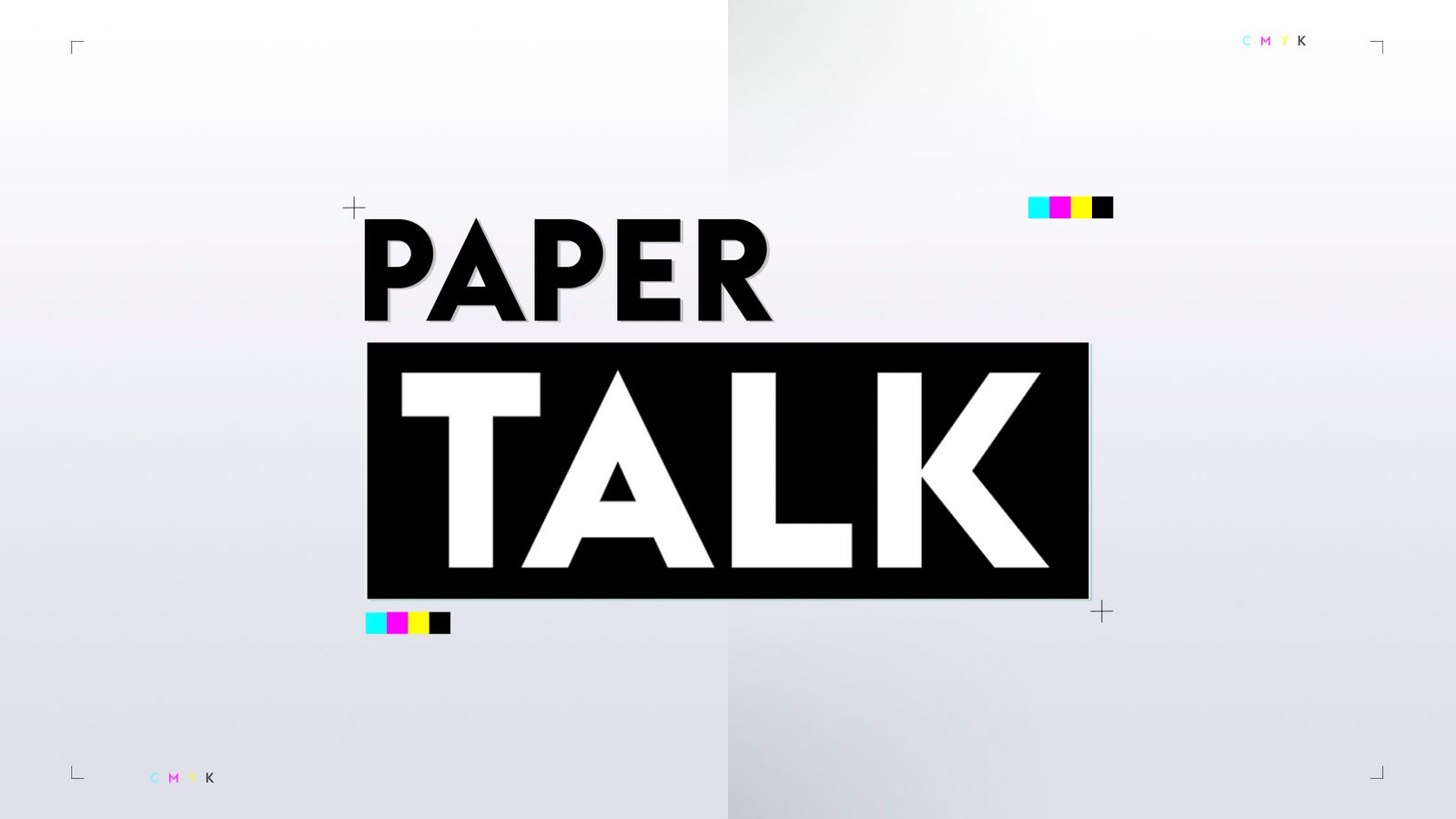World
Reform UK’s tax plans disproportionately benefit high earners, analysis shows

Reform UK bills itself as the party “for the left behind” but its flagship tax policy disproportionately benefits those on higher incomes, analysis for Sky News shows.
Nigel Farage hailed the plan to raise the threshold at which workers start paying tax to from £12,571 to £20,000, saying it would lift millions of low-paid workers out of paying tax altogether.
However, Reform’s plan to raise the higher rate threshold from £50,271 to £70,000 would amount to a tax cut worth almost £6,000 for the top 10% of earners, vastly overshadowing the benefit to the lowest earners.
The top 10% of households, by disposable income, have £3,000 a month to spend after housing costs, council tax and direct taxes. A couple in this category would have £5,290 to spend.
These people would gain almost £5,983 in disposable income each year as a result of the changes.
The bottom 10% of households have less than £693 to spend on things such as heating and food each month. The figure rises to £1,195 for a couple. These households would gain an extra £221 per year.
Despite the vast discrepancy, Reform UK has repeatedly framed this as a policy for the lowest paid.
👉 Click here to follow Electoral Dysfunction wherever you get your podcasts 👈
At the party’s manifesto launch in South Wales, Mr Farage said: “I think the most innovative policy that we’ve put out in here is to raise the level at which people start paying tax to £20,000 a year.
“Why? Well, number one, it would take seven million people out of the tax system altogether, a devilishly complicated tax system. That would be a good thing, of course, for those on low pay.”
When challenged, Mr Farage maintained that people on lower incomes would benefit more than those on higher incomes when the tax cuts were viewed as a proportion of their total salary. However, that is not the case.
Read more:
Do figures in Reform UK’s ‘manifesto’ add up?
Farage says West ‘provoked’ Russia’s invasion of Ukraine
Farage dodging question about Tory switch shows he’s one to watch
The changes would represent a 2.3% increase in disposable income for those in the bottom 10% and a 6.4% increase for those in the second highest group of earners.
It would cost the public purse about £59bn. The top 10% of households would receive 28p for every £1 spent, while the bottom 10% would receive just 2p.
Dr Jamie O’Hallaran, senior research fellow at IPPR, the left-wing thinktank that conducted the research, said: “These tax cuts would be both very costly and disproportionately benefit those on the highest incomes.
“At a time when public services and household finances are under such pressure, this would be highly irresponsible. Polls also show this is not what the public want.
“Voters are crying out for public services that work, not tax cuts for the top 10%.”













